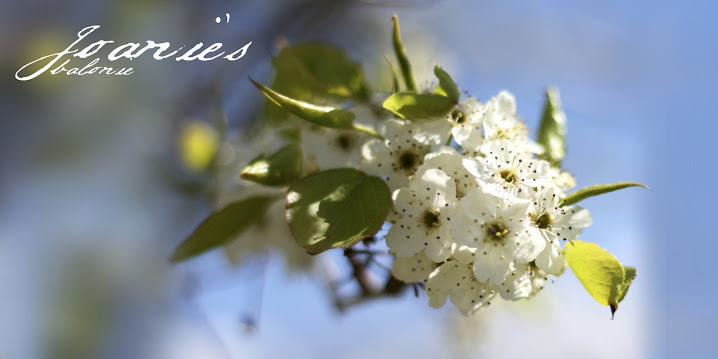FONT- Albemarle Swash, ACTION- DPMoms Perfect Workflow, (A2D)_Lomo V_2, BRUSH- RhonnaFarrer_2ps_SnapShot_Horizontal6, MCO_BohoFlourishes06, 17GrungeBorderBarsBrushSet, TEXTURE- WeThePeople
I love the concept of remembering our dead, but for me the sad part come in the fact that I can't do any of the decorating... my loved ones are *planted* too far away.
Camille's fiance, Kevin, and his family have family graves right here in Springville. Kevin went beforehand and cleaned all the hard water deposits of his grandparent's headstone. Then this morning the whole family, including aunts and uncles, cousins and siblings all gathered at the cemetery to decorate the graves and pay their respects while Kevin played Taps on his trumpet. I told Camille that I thought that was wonderfully sweet; when I asked her if everyone cried (or anyone) she replied that "NO, only you cry Mom!"
So the thought occurred to me... how about if I decorate here, on my blog, and remember not only my children and parents, long since gone, but also my uncles, who fought in WWII and all the other brave men and women who've fought and died in the defense "our God, our religion and freedom and our peace, our wives, and our children" (Alma 46:12)
P. S. ~ thanks to this list of facts compiled by Ree Drummond aka Pioneer Woman
Here are some interesting facts about Memorial Day—some you may know, some you may not!
* Memorial Day was was first observed on May 30, 1868.
* Memorial Day was originally called “Decoration Day.”
* Memorial Day was originally created to honor Union soldiers who’d died while fighting in the Civil War. Because of this, southern states did not observe Memorial Day until after World War I, when the holiday was expanded to include soldiers from all wars.
* The red poppy is a traditional symbol of Memorial Day (many veterans wear them to commemorate the day).
* The poppy was inspired by (World War I-era) John McCrae poem “In Flanders Fields”:
In Flanders fields the poppies blow
Between the crosses, row on row,
That mark our place; and in the sky
The larks, still bravely singing, fly
Scarce heard amid the guns below.
We are the Dead. Short days ago
We lived, felt dawn, saw sunset glow,
Loved, and were loved, and now we lie
In Flanders fields.
Take up our quarrel with the foe:
To you from failing hands we throw
The torch; be yours to hold it high.
If ye break faith with us who die
We shall not sleep, though poppies grow
In Flanders fields.
* The “though poppies grow in Flanders fields” in the poem is thought by some to refer to the blood stains from shallow graves where soldiers were buried.
* In 1924, an artificial poppy factory was created in Pittsburgh, PA, and employed veterans who needed work.
* Memorial Day observance peaked in the first part of the 20th century, when aged Civil War veterans attended parades in towns across America.
* Memorial Day observances were at an all-time low in the 1960’s, then experienced a resurgence in the 1980’s.
* On the Thursday before Memorial Day, soldiers from the 3rd U.S. Infantry (The Old Guard) place small American flags at each of the more than 260,000 gravestones at Arlington National Cemetery. They patrol the cemetery 24 hours a day during the weekend to ensure that each flag remains standing.
* This tradition, called “Flags In”, has been in place since 1948.
* In 2004, Washington D.C. held its first Memorial Day parade in over 60 years. This coincided with the dedication of the National World War II Memorial.
* Memorial Day traditionally marks the start of summer, while Labor Day traditionally marks the end.
* “Memorial Day” did not become the holiday’s official name until 1967, when federal law declared it.
* In 1968, Memorial Day was moved from its traditional May 30 date to the last Monday in May in order to ensure a three-day weekend.
